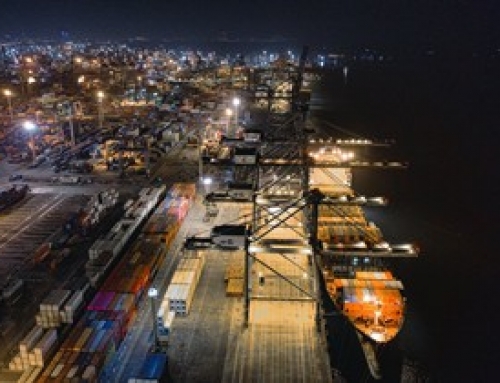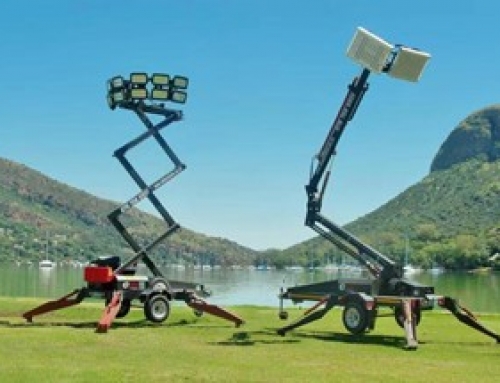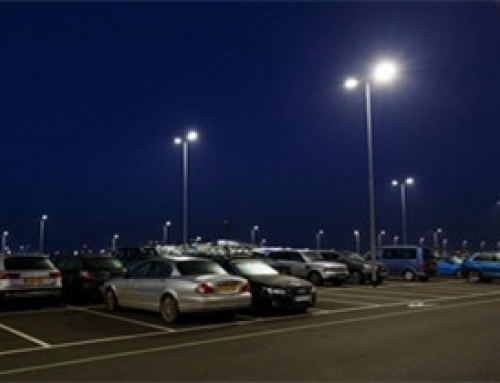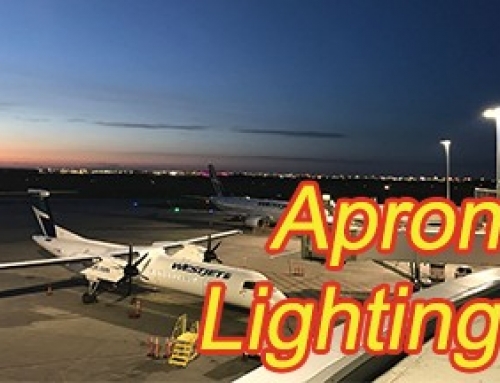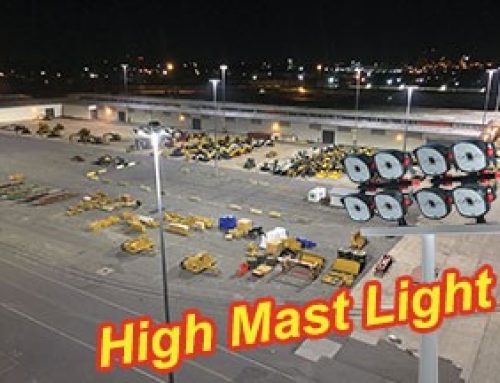Project Description
Tunnel and Underpass Lighting System
In most tunnels and underpasses, sunlight cannot pass naturally through wall obstructions so visibility inside the tunnels and underpasses is very low. Therefore, it is necessary to manually install tunnel and underpass lighting to provide drivers and pedestrians with appropriate light. One of the biggest challenges with tunnel and underpass lighting systems is their ability to support the driver’s visual perception from the point of entry to the point of exit – day or night. Therefore, effective tunnel and underpass lighting require consistent light levels throughout the structure for safe passage.
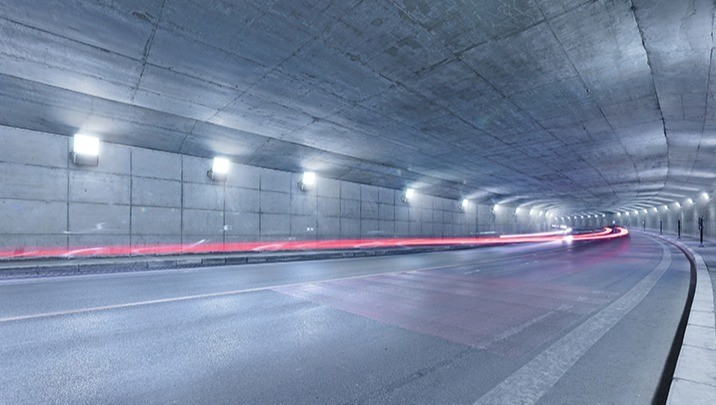
Tunnel entrance area lighting (also known as enhanced lighting area)
The lighting level at the tunnel entrance needs to be enhanced to a level close to the illuminance level outside the tunnel and gradually decrease inwards along the tunnel. For the tunnel interior area, the lighting level is constant and much lower than the entrance area lighting level. There is an exit reinforcement area where there is a risk of glare at some tunnel exits.
Entrance lighting, motorists approaching tunnel entrances often experience the so-called “black hole effect”. This is because the brightness level inside the tunnel is much lower than outside, and our eyes have difficulty adjusting to the sudden difference. To mitigate this effect, higher levels of “intensive” lighting must therefore be provided at the tunnel entrance. This will ensure the driver can see objects within the correct stopping distance before entering the tunnel. It also helps keep them from slowing down, which is important for maintaining optimal traffic flow.
The amount of light needed to avoid the black hole effect will depend on the brightness outside the tunnel (sunny or cloudy). Luminance measurements at the entrance are often used to determine and adjust the required lighting levels in the entrance area. In order to adapt the driver’s eyes from the entrance area lighting to the indoor area lighting, the entrance lighting level is gradually reduced as the driver moves along the tunnel.
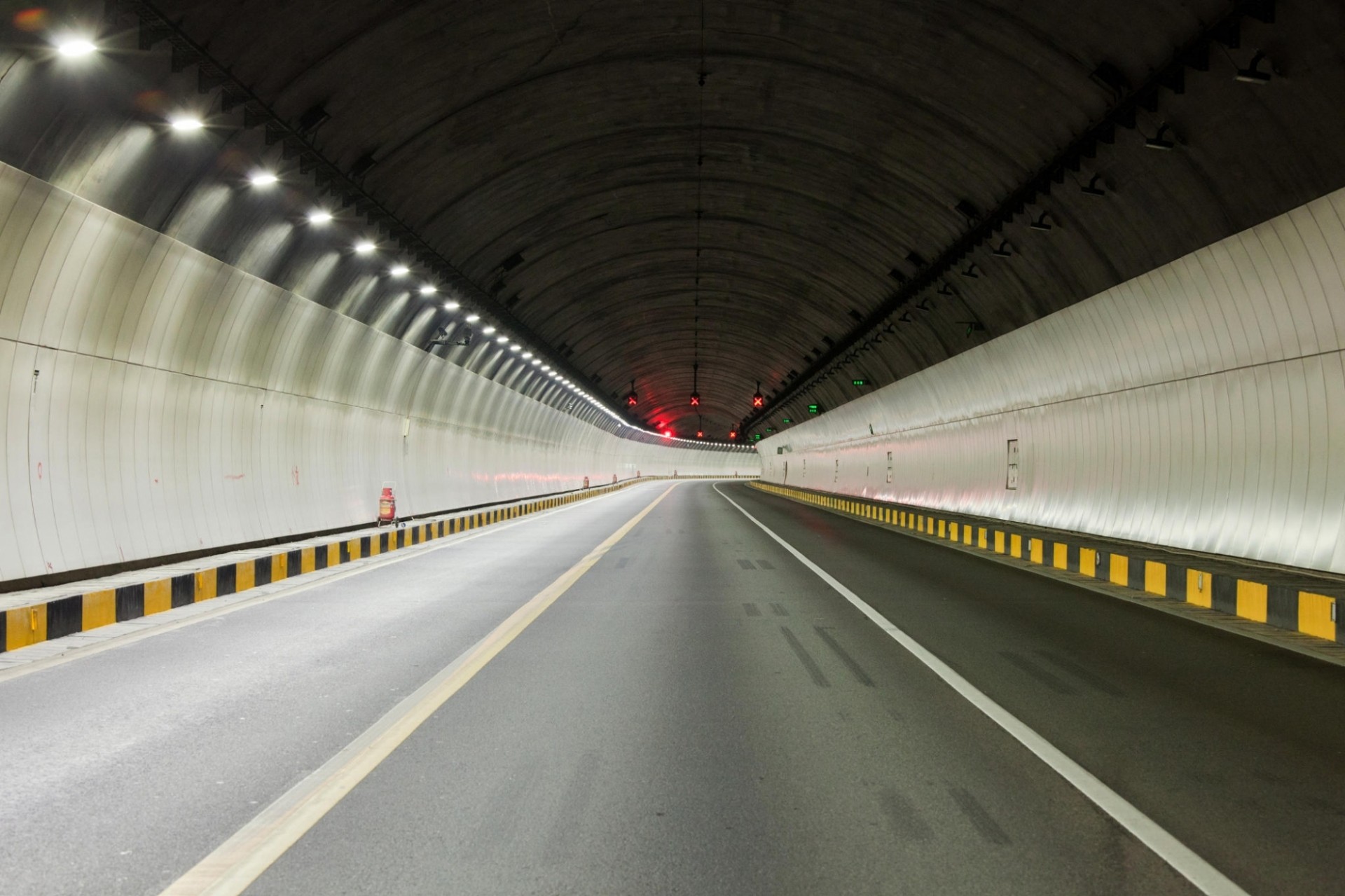
Tunnel interior area lighting
Once drivers are accustomed to the lower lighting levels in the tunnel, interior areas need adequate lighting levels for safe passage. Therefore, the luminaires in the inner area of the tunnel are installed at regular intervals. The tunnel interior area lighting is controlled by photocells at day and night levels.
The design of tunnel and underpass lighting installations should follow several criteria:
Brightness and lighting levels of sidewalks
Uniformity values for different operating states
Glare value.
There are several types of installation types, the most common being symmetrical lighting and reverse beam lighting.
Symmetrical lighting
In a symmetrical lighting system, the light is distributed symmetrically with respect to a plane perpendicular to the tunnel axis. Send equal amounts of light to each end of the tunnel. This system is usually used in interior areas. It can be used in tunnel entry areas where approach speeds are slow or where there is not enough space for lighting above the carriageway.
Back beam lighting
The lighting system projects light in the direction of the driver while avoiding dazzling conditions. This type of system should be installed above the lane and facing the flow of traffic, using the photometric properties (brightness and specularity) of the road surface. Suitable for entry areas if there is enough space above the driveway to install light fixtures. It has advantages in terms of investment and operating costs, especially at high approach speeds (>70 km/h).
In addition to the type of lighting system, attention should also be paid to the coating on the sidewalls of the tunnel, which affects the overall efficiency of the chosen system. For symmetrical lighting, the wall paint should preferably be a light color. In the case of a pair of beam systems, a deeper but more specular coating is preferred.
Depending on the characteristics of the tunnel and the type of lighting system, the luminaires can be installed in one or more rows, above the road or on top of the side walls.

